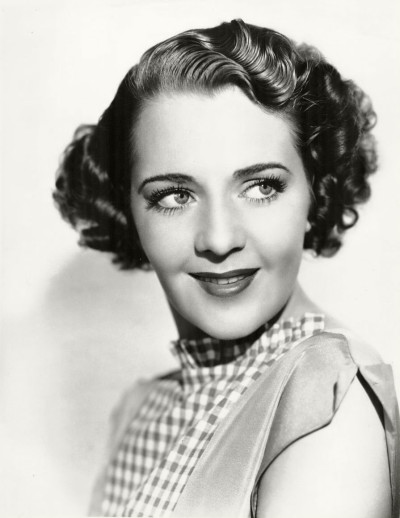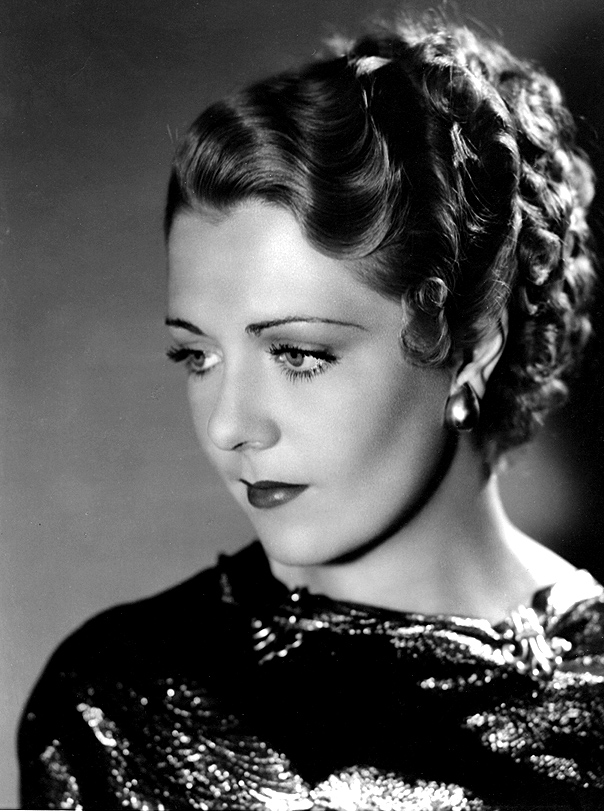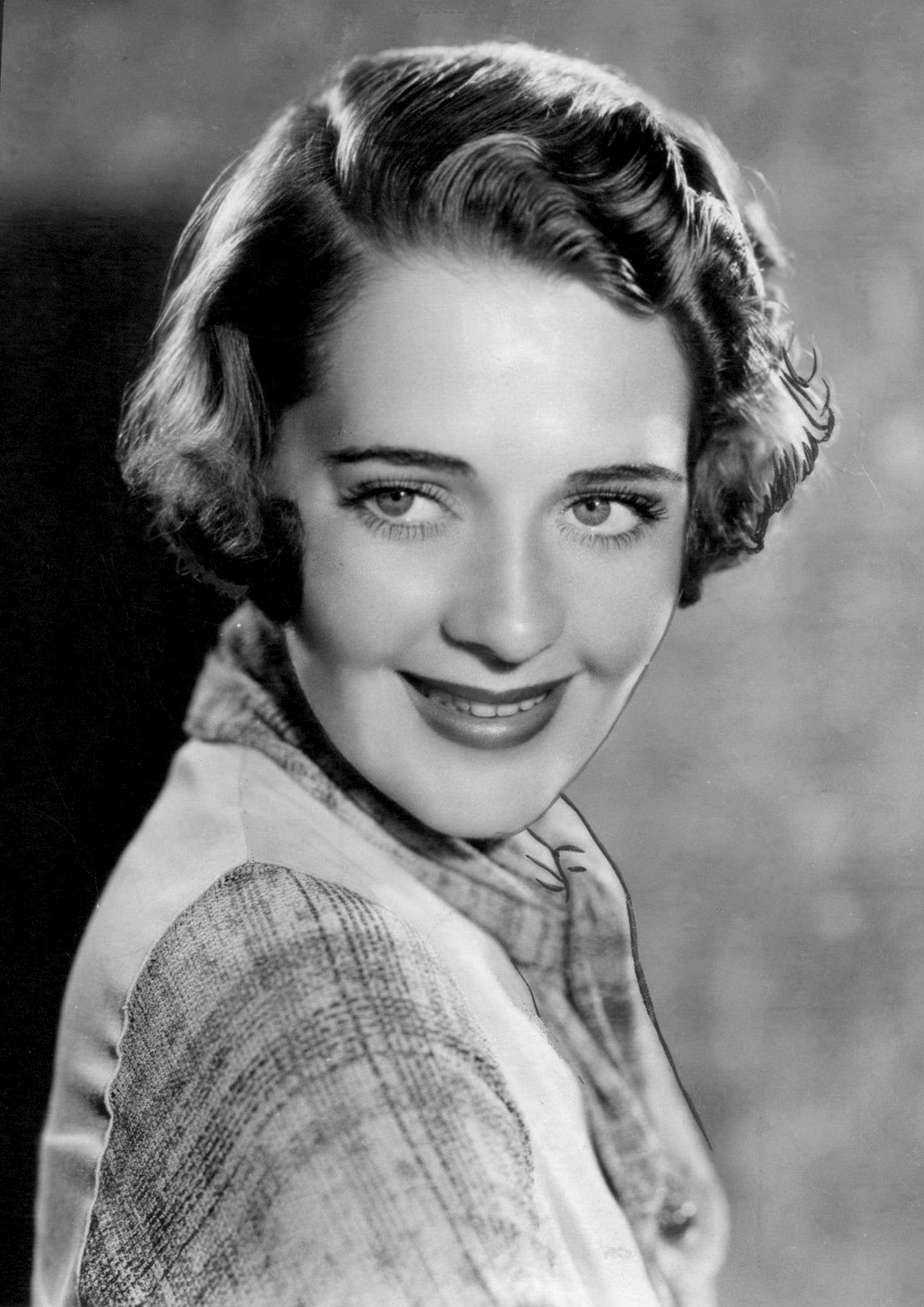Ruby Keeler (Ethel Hilda Keeler)

Keeler was born in Dartmouth, Nova Scotia, Canada, to an Irish Catholic family, one of six siblings. Two sisters, Helen and Gertrude, had brief performing careers. Her father was a truck driver, and when she was three years old, her family packed up and moved to New York City where he knew he could get better pay. But it was not enough: there were six children, and although Keeler was interested in taking dance lessons, the family could not afford to send her. Keeler attended St. Catherine of Siena parochial school on New York’s East Side, and one period each week a dance teacher would come and teach all styles of dance. The teacher saw potential in Keeler and spoke to her mother about Ruby taking lessons at her studio. Though her mother declined, apologizing for the lack of money, the teacher wanted to work with her so badly that she asked her mother if she would bring her to class lessons on Saturdays, and she agreed. During the classes, a girl she danced with told her about auditions for chorus girls. The law required professional chorus girls to be at least 16 years old; although they were only 13, they decided to lie about their ages at the audition. It was a tap audition, and there were a lot of other talented girls there. The stage was covered except for a wooden apron at the front. When it was Ruby’s turn to dance, she asked the dance director, Julian Mitchell, if she could dance on the wooden part so that her taps could be heard. He did not answer, so she went ahead, walked up to the front of the stage, and started her routine. The director said, “who said you could dance up there?” She replied, “I asked you!” and she got a job in George M. Cohan’s The Rise of Rosie O’Reilly (1923), in which she made forty-five dollars a week to help her family.
She was only fourteen when she was hired by Nils Granlund, the publicity manager for Loews Theaters, who also served as the stageshow producer for Texas Guinan at Larry Fay’s El Fay nightclub, a Speakeasy frequented by gangsters. She was noticed by Broadway producer Charles B. Dillingham, who gave her a role in Bye, Bye, Bonnie (produced by L. Lawrence Weber), which ran for six months. She then appeared in Lucky and as Mamie in The Sidewalks of New York, also produced by Dillingham. In the later show, she was seen by Flo Ziegfeld, who sent her bunch of roses and a note, “May I make you a star?”. She would appear in Ziegfeld’s Whoopee! (before being replaced before the opening by Ethel Shutta) in 1928, the same year she married Al Jolson. The two met in Los Angeles (not at Texas Guinan’s as he would claim), where Nils Granlund had sent her to assist in the marketing campaign for The Jazz Singer. Jolson was smitten and immediately proposed. The couple married September 21, 1928, in Port Chester, New York, in a private ceremony. The two sailed the following morning for a brief honeymoon before she began her tour with Whoopee! The marriage (during which they adopted a son) was reportedly a rocky one. They moved to California, which took her away from the limelight. In 1929, at the urging of Ziegfeld, Jolson agreed to Keeler’s returning to Broadway to star in Show Girl. In 1933, producer Darryl F. Zanuck cast Keeler in the Warner Bros. musical 42nd Street opposite Dick Powell and Bebe Daniels. The film was a huge success due to Busby Berkeley’s lavish innovative choreography. Following 42nd Street, Jack L. Warner gave Keeler a long-term contract and cast her in Gold Diggers of 1933, Footlight Parade, Dames and Colleen. Keeler and Jolson starred together in Go Into Your Dance, which was their only film together. They are satirized in Frank Tashlin’s 1937 cartoon The Woods Are Full of Cuckoos. Jolson and Keeler appeared on Broadway one last time together, for the unsuccessful show Hold On To Your Hats in 1940.
Keeler and Jolson divorced in 1940. In 1941, she married John Homer Lowe, a Pasadena California industrial businessman and left show business the same year. Keeler and Lowe had four children. Lowe died of cancer in 1969. In 1963, Keeler appeared in The Greatest Show on Earth, Jack Palance’s television series based on the earlier Charlton Heston circus film of the same name, and made a brief cameo in the 1970 film The Phynx along with many other guest stars. In 1972, Keeler was acclaimed as a star again in the successful Broadway revival of the 1920s musical No, No, Nanette, opposite Jack Gilford, Bobby Van, Helen Gallagher and Patsy Kelly. The production was “Supervised by” Keeler’s 42nd Street director, Busby Berkeley, adapted and directed by Burt Shevelove and choreographed by Donald Saddler, who won the Tony Award for his musical staging. Keeler starred in the musical for two seasons on Broadway, followed by two additional years touring in the show. Ruby Keeler died of cancer on February 28, 1993 in Rancho Mirage, California, and is interred in the Holy Sepulcher Cemetery in Orange, California.
Born
- August, 25, 1910
- Canada
- Dartmouth, Nova Scotia
Died
- February, 28, 1993
- USA
- Rancho Mirage, California
Cause of Death
- cancer
Cemetery
- Holy Sepulcher Cemetery
- Orange, California
- USA



